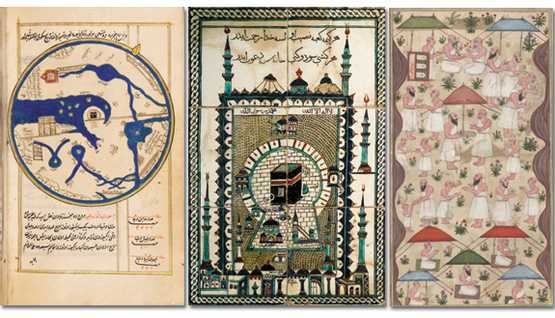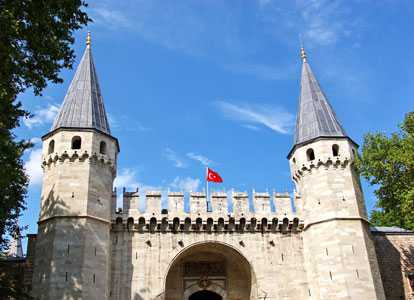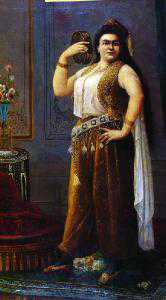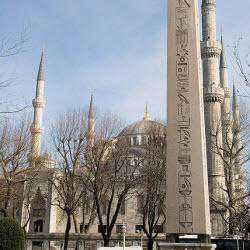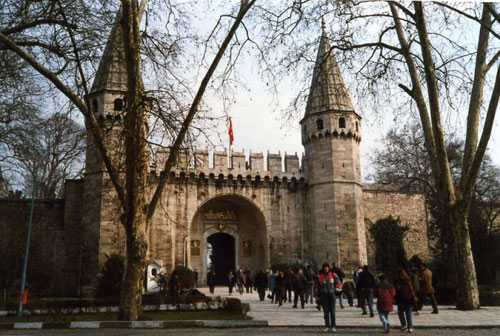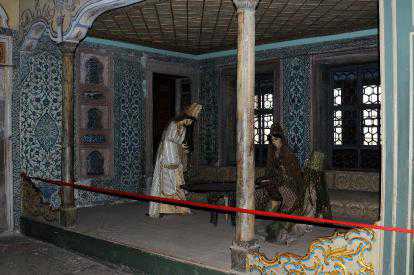The church of Gidon Kremer
I’m not sure there’s another living violinist I appreciate as much as Gidon Kremer. I’ve seen him perform several times and interviewed him once and I never get tired of his approach, which is intense physically, intellectually open-minded and always full of the unexpected. When I learned he would be performing at the Istanbul Music Festival during our stay, I knew I had to go. Beyond that, Kremer’s concert took place in the Hagia Irene, a majestic surrounding. The church, just inside the walls of the Topkapi Palace, was originally built in the 4th century and rebuilt to its present state after an earthquake about 400 years later.
I took Lila as my date because my wife, Carlene, decided she would rather put Cal to bed than worry about me getting a one-year-old to sleep. By my eyes, that made Lila (easily) the only person in Hagia Irene under 18.
It is hard to imagine anything not feeling special in this church. You walk down a narrow, arched passageway into the main space, with columns and pillars lit from below. The performers were set to play under the done, with its 20 windows and flowers packed on each sill. There’s a reason, beyond the beauty, that the festival has held concerts here for 30 years: At 330 by 100 feet, the space forms a kind of shoebox, making it acoustically ideal.
Kremer and his group, Kremerata Baltica, arrived with a program designed to pay homage to Glenn Gould. First, the festival presented Kremer with a lifetime achievement award. Then, after a short exit, the violinist opened a first set heavy on Shostakovich. Lila was awake when intermission arrived, which surprised me considering the late hour and the fact my shoulder has supported her head through countless concerts. But she was clearly impressed by Kremer, though she would only verbalize that some of the music reminded her of “Young Frankenstein.”
We spent the intermission wandering the church as I explained to her why it was such a bummer that a giant Mercedes Benz banner had been hung in the middle of what I had hoped to be a tasteful photograph of the entrance hallway. The second set was a stunner, with Kremer displaying his range on works by Leonid Desyatnikov, Carl Vine, Valentin Silvestrov, Alexander Raskatov and an aria from Victor Kissine’s version of the Goldberg Variations. This final piece featured some of the most delicate harmonics of the night. In this beautiful church, Kremer used his bow as if he were closing an artery. Not a breathe could be heard in the hall. This audience was with his every stroke.
He played a short encore, including a rousing piece by Piazzolla. A woman screamed “bravo” from behind us, partially waking Lila, and my promise of a late-night soft serve did the rest of the job. We walked out of Topkapi, past the Blue Mosque and up the street until we reached our 1 lire cone of vanilla.
via The church of Gidon Kremer – Exhibitionist.

